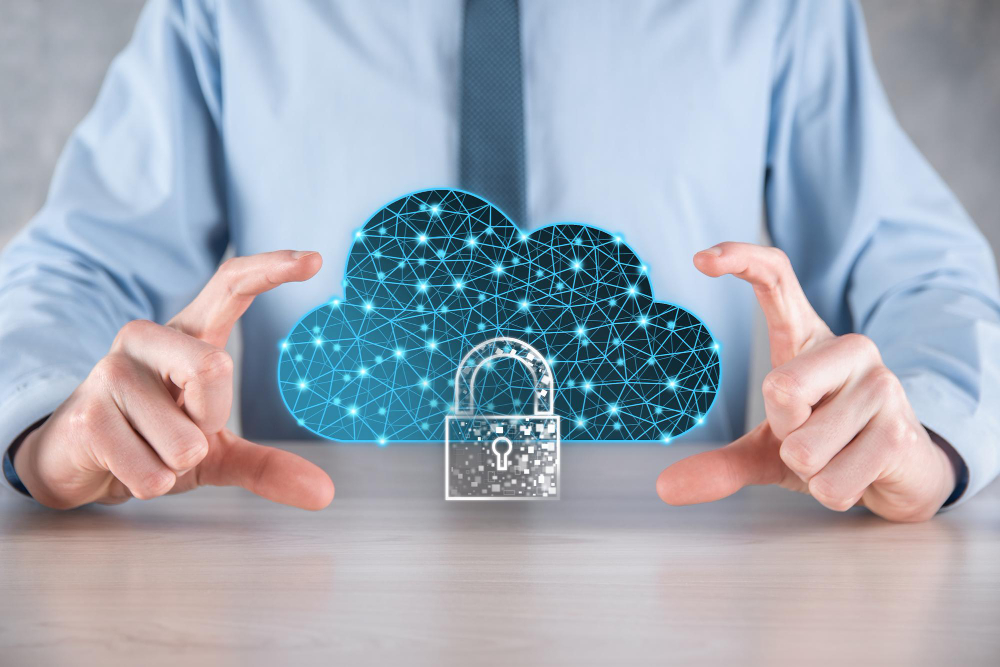Industries and companies are increasingly focusing on securing their on-demand systems to protect sensitive data, maintain compliance, and ensure business continuity. Here are some advanced techniques and protocols being adopted for robust protection:
1. Identity and Access Management (IAM)
- Role-Based Access Control (RBAC): Assign permissions based on user roles to ensure that individuals only have access to the resources necessary for their job functions.
- Multi-Factor Authentication (MFA): Implement MFA to add an extra layer of security by requiring two or more verification methods.
- Single Sign-On (SSO): Simplifies user authentication while improving security by centralizing the login process.
2. Encryption
- Data at Rest: Use encryption protocols like AES-256 to secure stored data. Encrypting data at rest ensures that even if storage media is compromised, the data remains protected.
- Data in Transit: Implement TLS (Transport Layer Security) to encrypt data as it moves between clients and servers, preventing interception and eavesdropping.
3. Network Security
- Virtual Private Networks (VPNs): Securely connect remote users to the corporate network, ensuring encrypted and authenticated access.
- Network Segmentation: Divide the network into segments to contain breaches and limit lateral movement. Use firewalls and VLANs (Virtual LANs) to enforce segmentation.
- Intrusion Detection and Prevention Systems (IDPS): Monitor network traffic for suspicious activity and take action to prevent potential breaches.
4. Application Security
- Secure Coding Practices: Follow best practices such as input validation, output encoding, and proper error handling to prevent vulnerabilities like SQL injection and cross-site scripting (XSS).
- Application Firewalls: Deploy Web Application Firewalls (WAFs) to filter and monitor HTTP requests, protecting web applications from common exploits.
5. Endpoint Security
- Endpoint Protection Platforms (EPP): Use comprehensive security solutions that include antivirus, anti-malware, and firewall capabilities to protect endpoints.
- Mobile Device Management (MDM): Manage and secure mobile devices accessing the network, enforcing security policies and remotely wiping data if a device is lost or stolen.

6. Security Monitoring and Logging
- Centralized Logging: Aggregate logs from various systems into a centralized platform for easier analysis and monitoring. Tools like ELK Stack (Elasticsearch, Logstash, Kibana) and Splunk are popular choices.
- Security Information and Event Management (SIEM): Utilize SIEM systems to analyze log data in real-time, detect anomalies, and respond to security incidents.
7. Compliance and Risk Management
- Regular Audits: Conduct regular security audits to ensure compliance with industry standards such as GDPR, HIPAA, and PCI-DSS. Identify and remediate vulnerabilities.
- Risk Assessment: Continuously assess and prioritize risks, implementing controls to mitigate the most critical threats.
8. Incident Response and Disaster Recovery
- Incident Response Plans: Develop and maintain an incident response plan that outlines the procedures for detecting, responding to, and recovering from security incidents.
- Disaster Recovery Plans: Ensure that robust disaster recovery plans are in place, including regular backups and recovery drills to minimize downtime and data loss.
9. Advanced Threat Protection (ATP)
- Behavioral Analytics: Use machine learning and AI to analyze user behavior and detect anomalies that may indicate malicious activity.
- Threat Intelligence: Integrate threat intelligence feeds to stay updated on the latest threats and vulnerabilities, enabling proactive defense measures.
Feel free to share your thoughts and experiences with on-demand computing in the comments below! Let’s get the conversation started.







